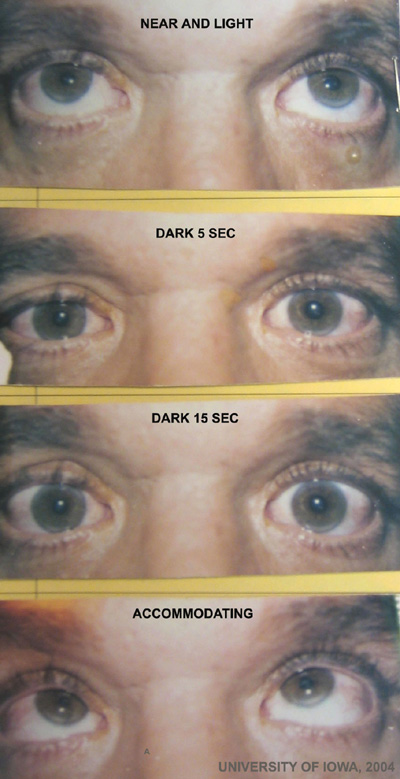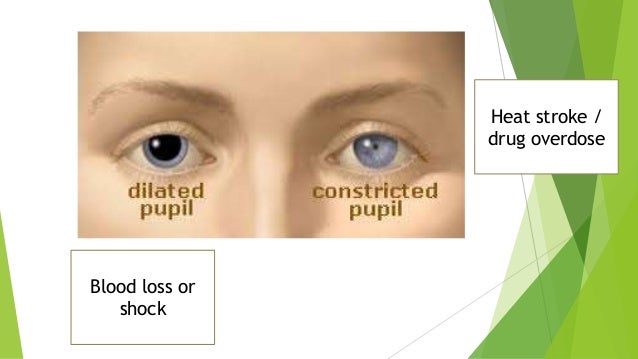
Common causes of a smaller pupil (miosis) include Horner's syndrome, uveitis and corneal ulcer. When a dog has anisocoria, your veterinarian will determine which pupil is abnormal, the smaller or larger one. In some cases, surgery is required to correct the abnormality.Anisocoria in dogs is the term used to describe a difference in the size of two pupils or uneven pupils. If medicine is responsible, then substituting it with different ones solves the problem, if drug addiction is the cause, then stopping the addiction will restore the size of the pupil and if inflammation or iritis is the cause, then eye drops can be given for reducing inflammation or iritis.

The treatment depends on the cause of the abnormality. It can result in a change in pupil size.Īniridia: Aniridia is a rare congenital (present from birth) disorder in which the iris is absent, either partially or completely which causes the pupil to become very large Aniridia generally affects both the eyes and is often accompanied by other serious eye disorders such as glaucoma, cataract, etc. As the iris controls the size of the pupil, thus, inflammation of iris can cause changes in pupil size.Ĭoncussion: A concussion is a brain injury resulting from the brain smacking. Iritis: Iritis is the inflammation of the iris due to infection, trauma, or autoimmune disorders. Such a pupil returns to normal once these medicines are stopped.ĭrugs: Many drugs such as cocaine and LSD can make the pupil remain in the dilated state as these drugs affect the iris muscles that control the pupil size. Medicines: Some medicines such as antidepressants, antihistamines can cause the pupil to dilate. Eye injury can also occur due to eye trauma from a sharp object. Such injury occurs during eye surgery, such as cataract removal or corneal transplant. This happens when the nerves or the muscles in iris that control the pupil size gets damaged. The pupil constricts when the iris contract's circular muscles and the pupil dilates when the radial muscles of the iris contract.Įye injury: An eye injury can damage the size of the pupil. The pupil size is directly under the control of the muscles of iris.

There are many factors that can change pupil size, such as health conditions, drugs, and medicines, emotional state of mind, light conditions, object distance.Ī constricted pupil is of 2 to 4 mm in diameter and a fully dilated pupil is of 4 to 8 mm in diameter. The pupil can constrict (become smaller) or it can dilate (become bigger). However, their size is not always constant and it may fluctuate. The two pupils are roughly of the same size. This is because the red color of the retina reflects the light from the flash. The flash can cause the pupil to appear bright red. The color of the pupil can also change while taking photographs using a flash of the camera. However, in this case, the pupil's normal black color can be restored after cataract surgery. A cataract can cause the pupil to become cloudy or pale-colored. Some conditions can change the color of the pupil.
:max_bytes(150000):strip_icc()/illo-what-can-my-pupil-eye-size-tell-me-about-my-health-342186-59b1afd322fa3a0011f43d91.png)

Usually, the pupils of both the eyes are perfectly round, equal in size and black in color. The pupil's black color is due to the light passing through it is completely absorbed by the retina and is not reflected. The pupil is the small round/circular black area present at the center of an eye that acts as on opening or window for the light to enter the retina, thereby allowing the vision or sight.


 0 kommentar(er)
0 kommentar(er)
